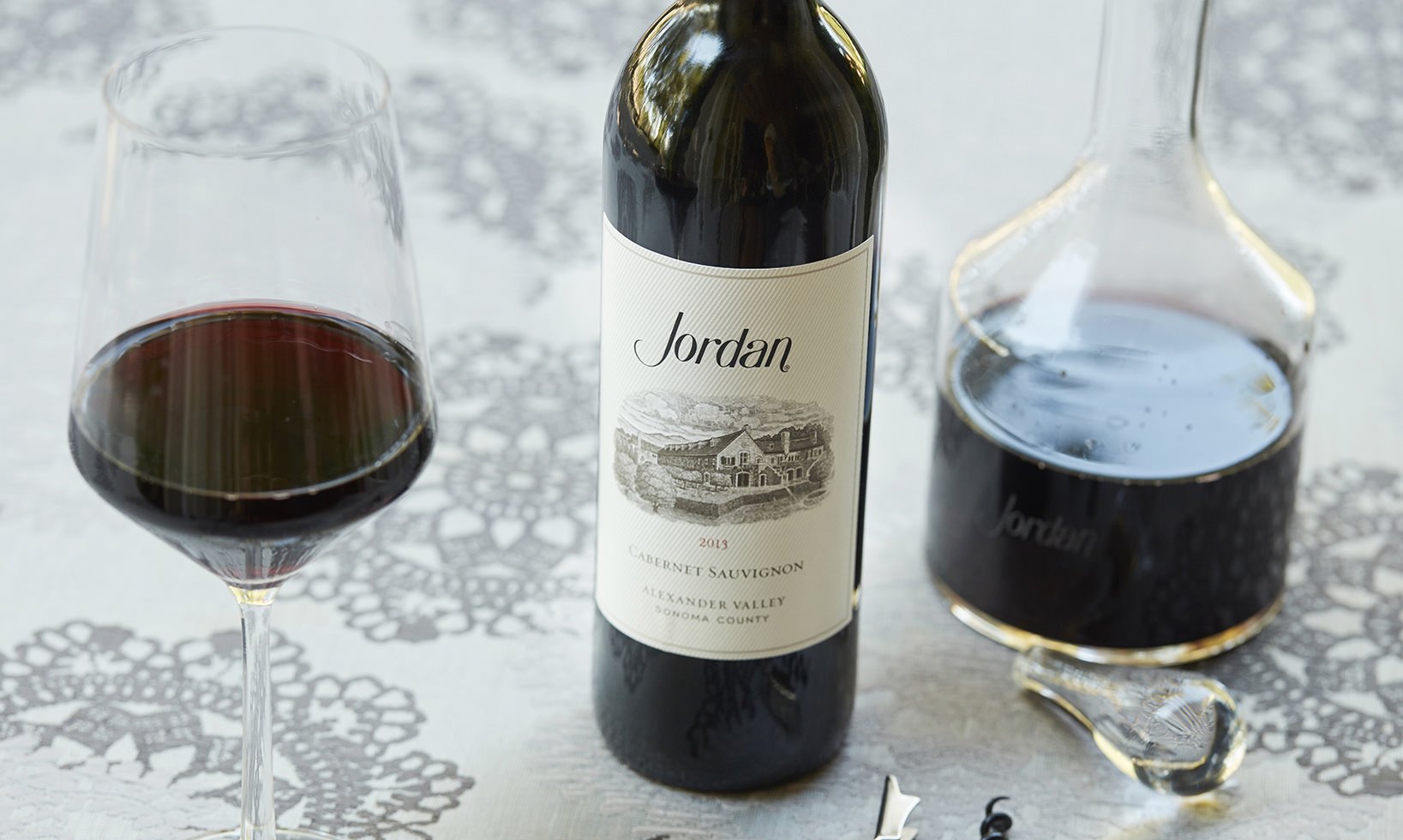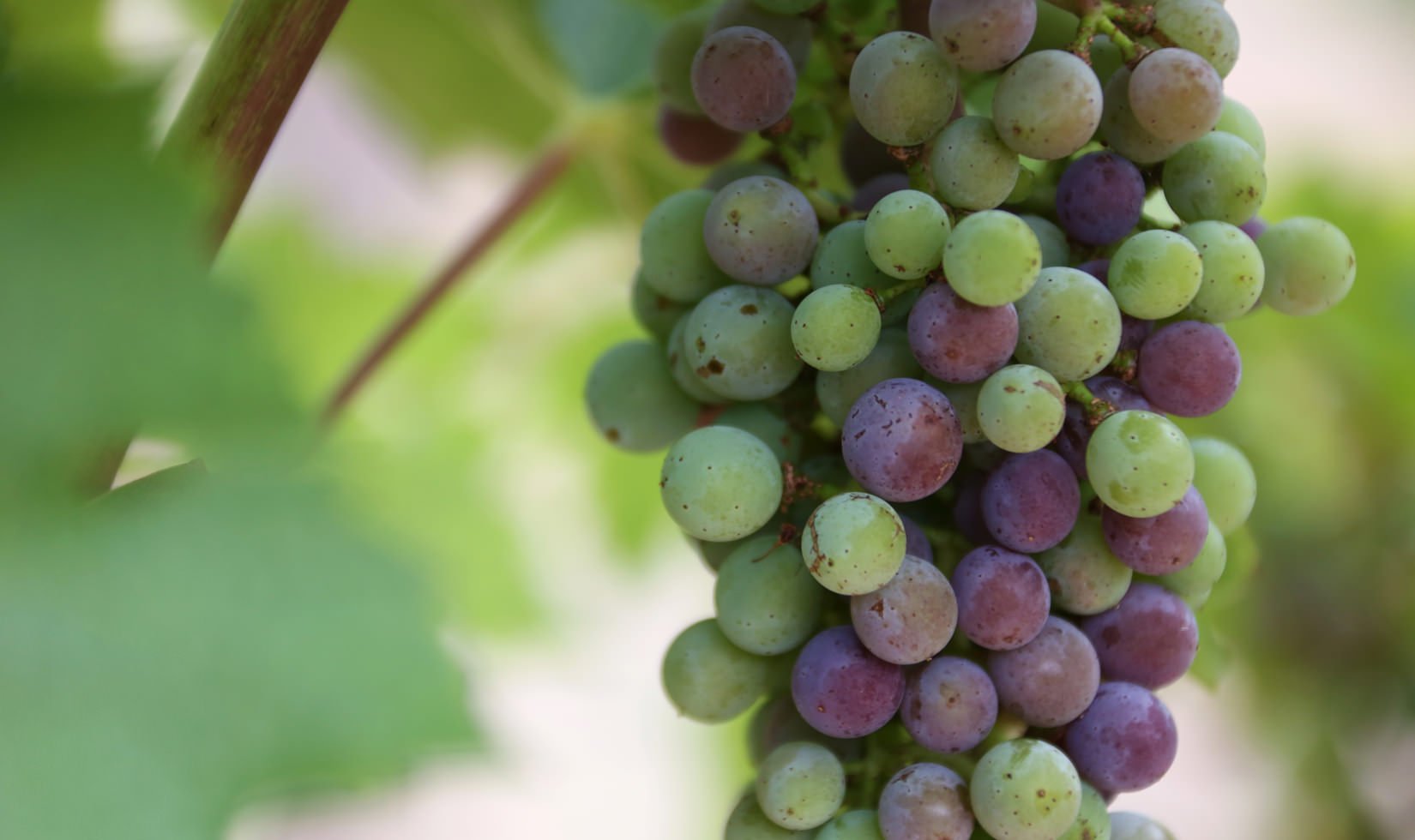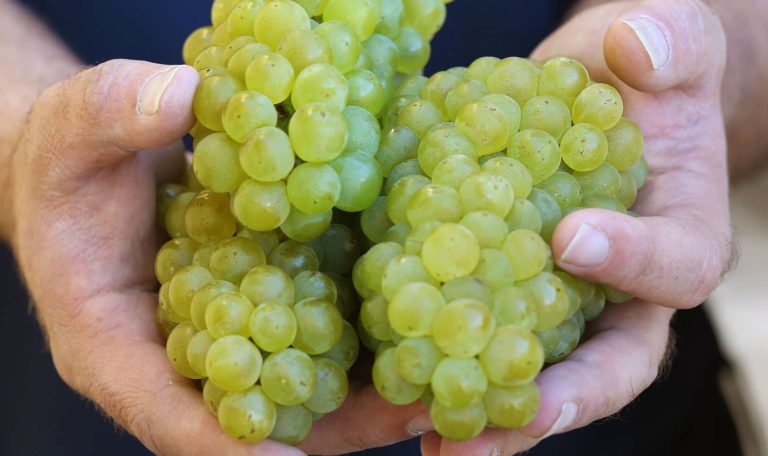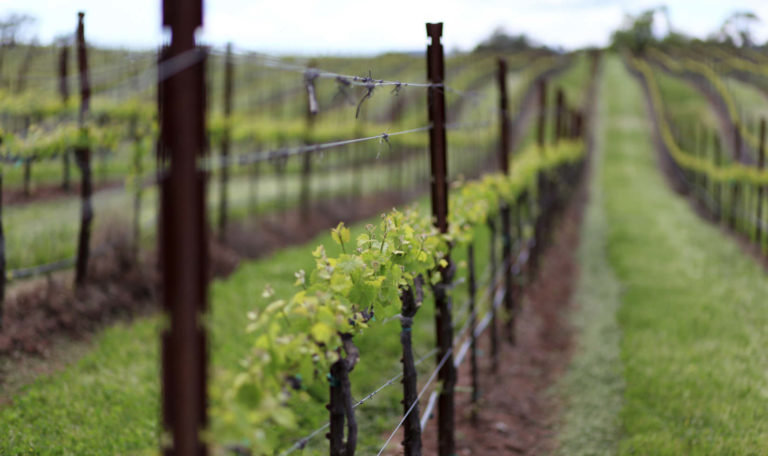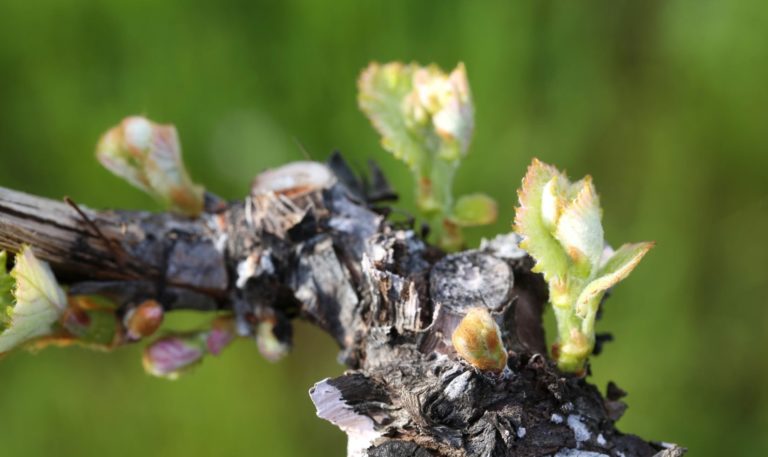Certainly, 2012 will go down as one of the best cabernet sauvignon vintages in California. How can such an incredible vintage be shadowed by its successor, 2013? Well, that is exactly what happened with the arrival of 2013 wines: the best back-to-back vintages in my memory. Here are the five key factors that allowed us to bottle a stellar 2013 Jordan Cabernet Sauvignon–and why the 2013 wines are so good. The beautiful weather, precision farming techniques and diversity of vineyards helped determine the quality and structure of the 2013 cabernet sauvignon grapes when they arrived at the crush pad.
Why Was 2013 a Good Year for California Wine?
Excellent Weather during the 2013 Grape Growing Season
What began as one of the warmest, driest and earliest growing seasons on record, 2013 enjoyed sunny days and temperatures in the ‘60s and ‘70s from February into March, causing an early bud break, as described in our 2013 vintage spring growing season post. Luckily, the frost scares of spring never materialized. Mercury levels soon shot into the ‘90s, and flowering also commenced in early May, three weeks ahead of schedule. With no adverse weather to interrupt pollination, fruit set occurred briskly and beautifully in early June, with berries of uniform size and overall yields comparable to the bountiful 2012. Though the end of June was a nail-biter in terms of weather, no negative effects from the gloomy days and rain materialized. Temperatures suddenly decreased to a more moderate level in August with impeccable timing, allowing the grapes to develop very intense, concentrated flavors with lots of structure and natural acidity. A heat spike in early September, followed by two small rain events later in the month, contributed to a nail-biting finale. In the end, we were pleasantly surprised that Mother Nature graced us with two back-to-back extraordinary vintages—incredible quality with ample fruit to fill our fermentation vats.
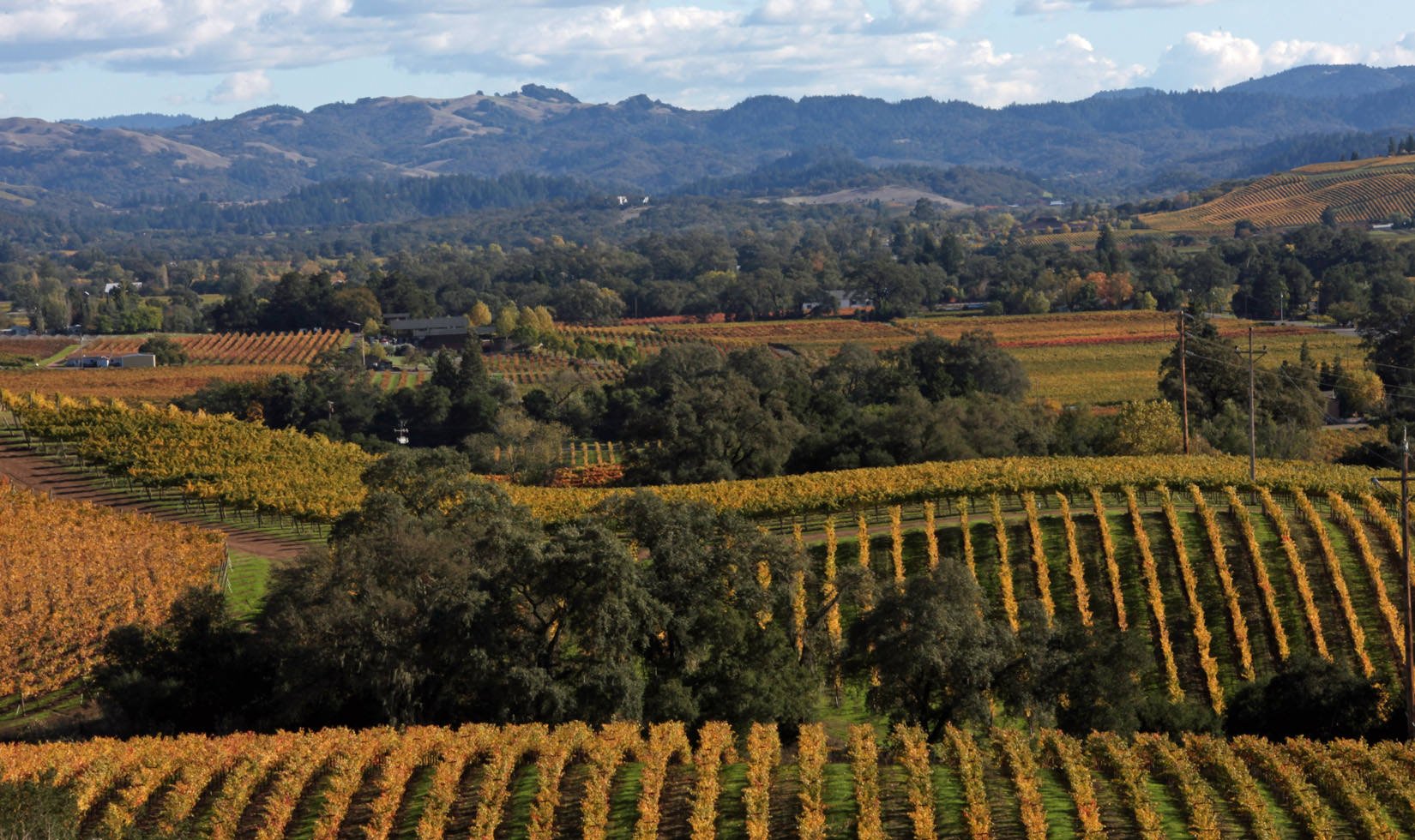
Almost All Vineyards Had Consistent Ripening
The final blend of 2013 Jordan Cabernet Sauvignon began with different vineyard blocks from Jordan Estate and 15 growers primarily situated in the benchlands and hillsides of Geyserville, east of the Russian River. Three factors are paramount in the selection of our growers: vineyard sites with well-drained, gravelly soils that provide both physiologically mature fruit and mineral characters in the finish of the wine, regions with a climate that correctly matches the grape variety and the growers’ commitment to excellence. It is this necessary combination of climate, soil and husbandry that shares a common thread with the grand cru classé Bordeaux that inspire our style of winemaking.
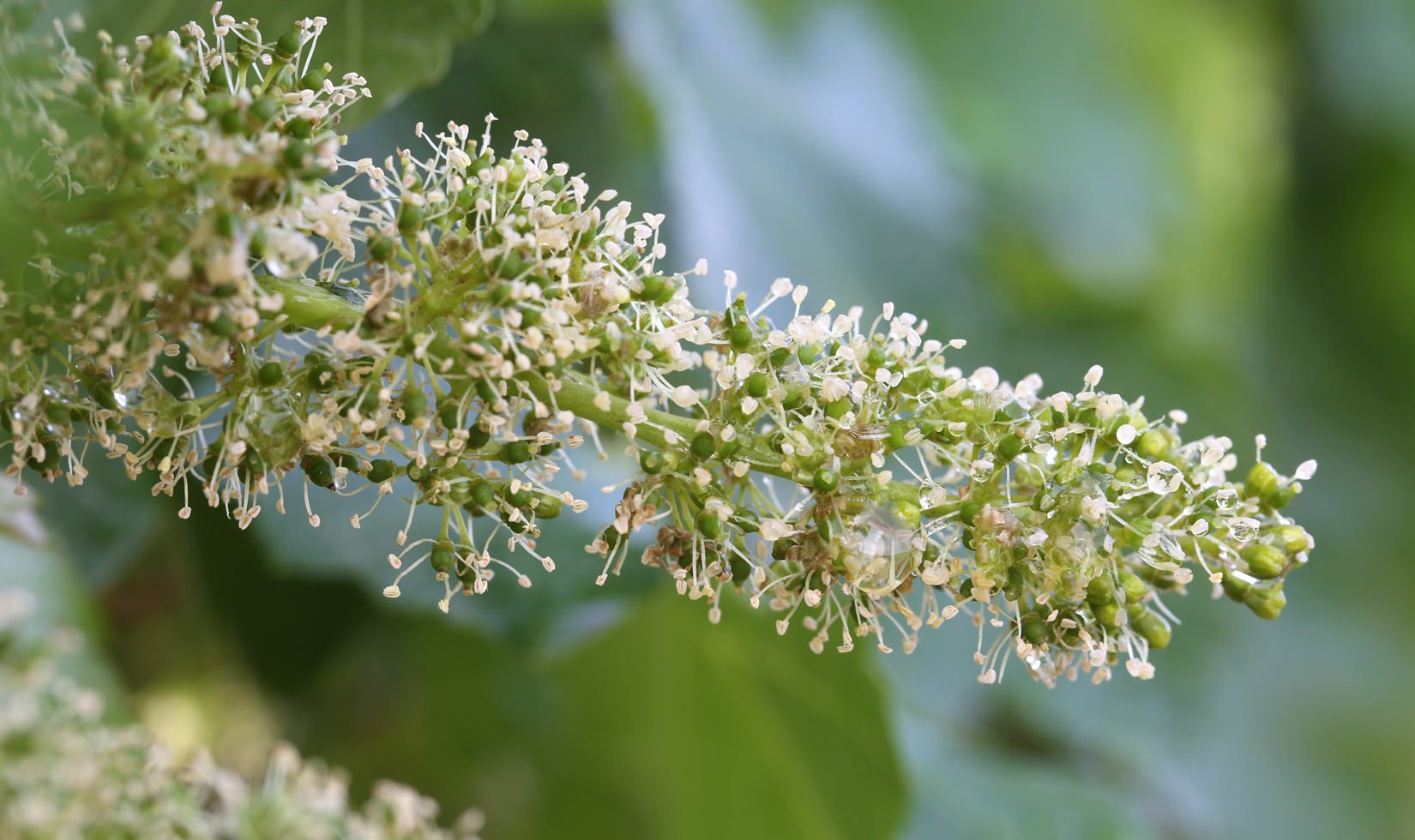
Farmers Adapted to the Weather
Like 2012, the 2013 vintage enjoyed fairly consistent weather. The vines basked in warm temperatures from spring to fall as if they were on extended holiday. This certainly made farming decisions easy most of the year. With excellent weather during bud break and bloom, the crop was plentiful from the beginning, giving us the opportunity to trim any excess in order to achieve a crop in balance with the canopy. June threw us a curve ball with an unusual rainstorm followed by unusually high humidity, which increased mildew pressure in the vineyards. Because we had already spent time positioning grapevine shoots, properly thinning and balancing the high-yielding crop, losses in both quantity and quality were minimized by judiciously applying vineyard applications and leafing the morning side of the vine rows to aid sun exposure and air movement. The long hours that Ranch Manager Brent Young and our family growers invested in preserving the perfect fruit set paid off in uniformity during véraison of the clusters in July and early August.
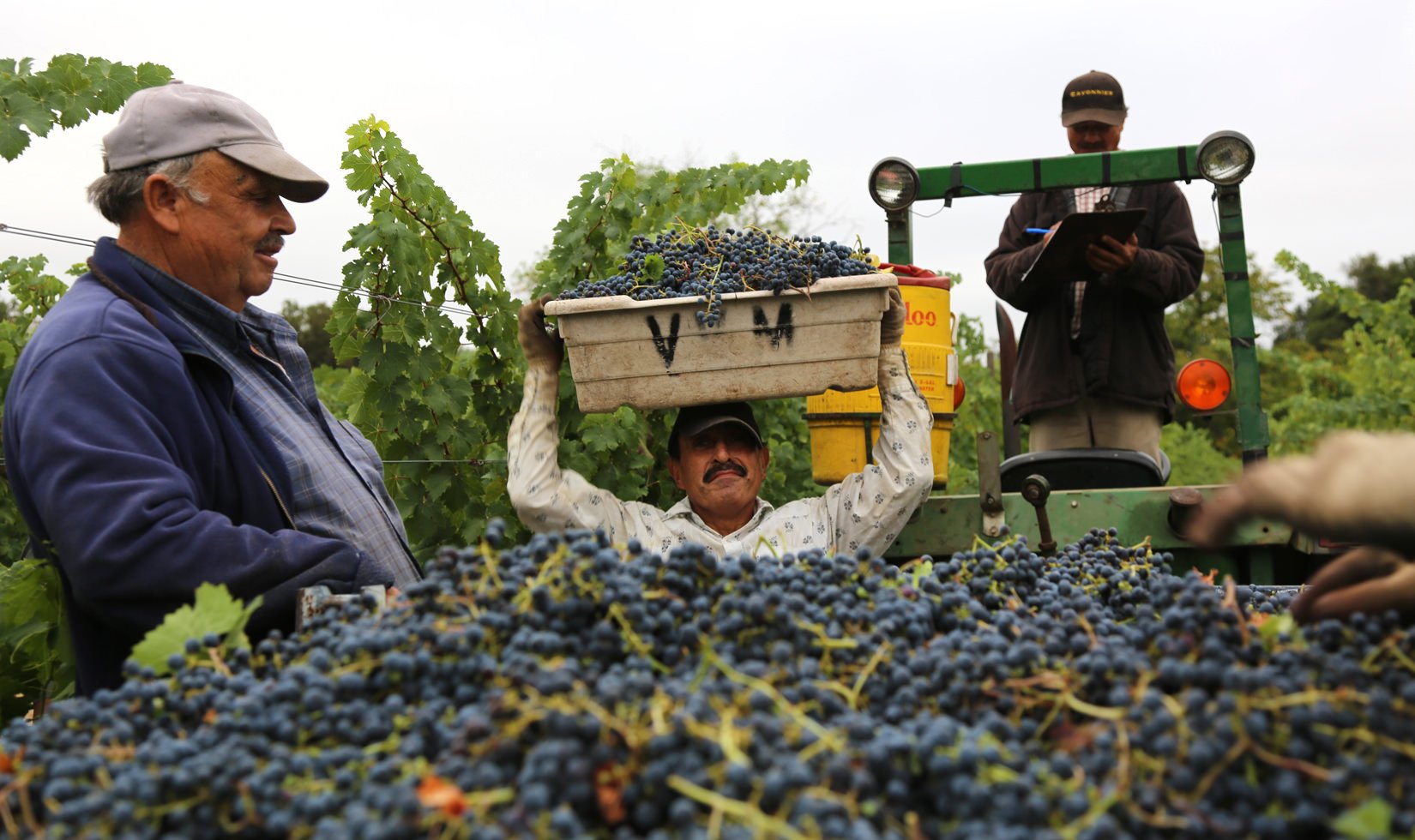
Bountiful Harvest Yielded Intensely Flavored Grapes for 2013 Wines
Harvest began a week earlier than in 2012, and the quality of the fruit was spectacular— we never imagined that 2013 wines could rival 2012. A heat spike in the high ‘90s September 6-9 set the rate of maturation into overdrive, and the first of the merlot and malbec grapes were crushed September 12. Some of our earliest ripening cabernet sauvignon blocks were picked just two days later. Harvesting this early, the night temperatures are much warmer than October night temperatures when we more commonly harvest the cabernet sauvignon. Without the dramatic cooling of the evenings, maturation is accelerated. Personally, I prefer a splash of rain on our cabernet prior to picking. Cabernet with its thicker skin weathers fine under a quick and gentle shower—the fruit comes in fresh and clean, lending itself to a much more aromatic fermentation. Petit verdot from the Jordan Estate finally found its way into the winery on October 5—the week of warm, sunny days returned. Similar to 2012, declassifying lots of inferior quality was a non-issue; the freshly pressed juice was brooding with dark fruits, fine tannin and good acidity—every tank made the final cut. It is most unusual to win one World Series, let alone two. Back-to-back wins are extremely rare, but that is how I see our 2012 and 2013 vintages.
Learn more about the 2013 Jordan Cabernet Sauvignon on our website.
